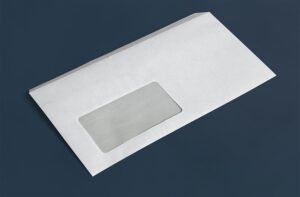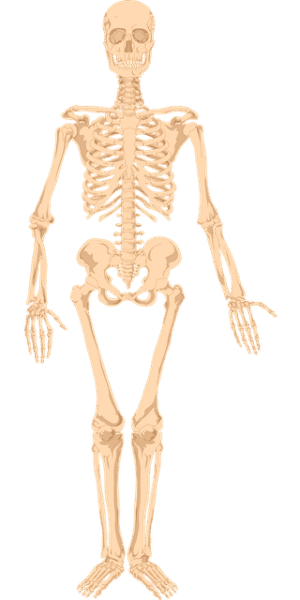Destratification fans are innovative HVAC solutions that combat thermal stratification, where warm air rises to the ceiling while cooler air remains near the floor, leading to uneven temperature distribution. By employing advanced air mixing technology, these fans push warm air down from the ceiling, promoting better circulation and temperature control. This results in enhanced HVAC efficiency, significant energy savings, and cost-effectiveness for both industrial cooling and commercial applications. Ceiling-mounted destratification fans optimize energy efficiency by eliminating cold spots, boosting occupant comfort, and reducing energy costs.
“Discover how ceiling-mounted destratification fans are revolutionizing heating, ventilation, and air conditioning (HVAC) energy efficiency. This article explores the unique functionality of destratification fans, their role in reducing energy costs, and their seamless integration into existing HVAC systems.
We’ll delve into the benefits of these innovative solutions, including improved air circulation and temperature regulation. Additionally, learn practical strategies for implementing and optimizing energy savings with destratification fans, making your HVAC system more efficient and cost-effective.”
- Understanding Destratification Fans and Their Functionality
- Benefits of Ceiling-Mounted Destratification Fans in HVAC Systems
- Strategies for Implementing and Optimizing Energy Efficiency with These Fans
Understanding Destratification Fans and Their Functionality

Destratification fans are designed to combat a common issue in HVAC systems: thermal stratification, where warm air rises to the ceiling while cooler air remains near the floor. This vertical separation results in uneven temperature distribution and inefficient energy use. By addressing this problem directly, destratification fans promote better air circulation and temperature control, ensuring that heated or cooled air is evenly mixed throughout a space.
These fans operate using advanced air mixing technology, pushing warm air down from the ceiling and redistributing it to the lower levels of a building. This process not only enhances HVAC efficiency but also offers significant energy savings. In both industrial cooling and commercial applications, ceiling-mounted destratification fans are proving to be game-changers, offering a cost-effective solution for maintaining comfortable indoor environments while minimizing energy consumption.
Benefits of Ceiling-Mounted Destratification Fans in HVAC Systems

Ceiling-mounted destratification fans are transforming the way we approach HVAC energy costs and efficiency. By actively combating thermal stratification, these innovative devices ensure optimal air circulation throughout buildings, both residential and commercial. Unlike traditional ceiling fans that primarily rely on airflow, destratification fans use advanced air mixing technology to redistribute warm air evenly, eliminating cold spots and enhancing temperature control. This not only improves comfort for occupants but also delivers significant energy savings without compromising HVAC efficiency.
In industrial cooling applications, where maintaining consistent temperatures is critical, ceiling-mounted destratification fans play a pivotal role. They help reduce the strain on heating and cooling systems by promoting better air mixing, thereby minimizing hot or cold pockets within spaces. This results in reduced energy consumption and lowered operational costs, making them an attractive solution for both new construction projects and retrofits looking to maximise HVAC performance.
Strategies for Implementing and Optimizing Energy Efficiency with These Fans

Implementing ceiling-mounted destratification fans is a strategic move to optimize energy efficiency in any space, be it industrial coolings or commercial applications. These fans are designed to combat thermal stratification by efficiently redistributing warm air throughout the room, ensuring uniform temperature control. By utilizing air mixing technology, they disrupt the natural upward flow of warm air, preventing its accumulation at the ceiling and promoting better air circulation.
To maximize energy savings, proper placement and regular maintenance are key. Strategize fan positioning to cover all areas requiring airflow, focusing on corners and far reaches where hot air tends to pool. Regular cleaning ensures optimal performance, as dust buildup can restrict airflow and impact HVAC efficiency. Additionally, utilizing smart controls allows for precise temperature adjustments, further enhancing energy efficiency during different occupancy periods.
Ceiling-mounted destratification fans emerge as a strategic solution for reducing HVAC energy costs. By efficiently redistributing warm air, these fans combat temperature stratification, ensuring a more uniform and comfortable indoor environment. This article has explored the functionality of destratification fans, highlighted their significant benefits in HVAC systems, and provided strategies for implementation and optimization. Embracing this technology can lead to substantial energy savings, making it an intelligent choice for both commercial and residential settings.













